
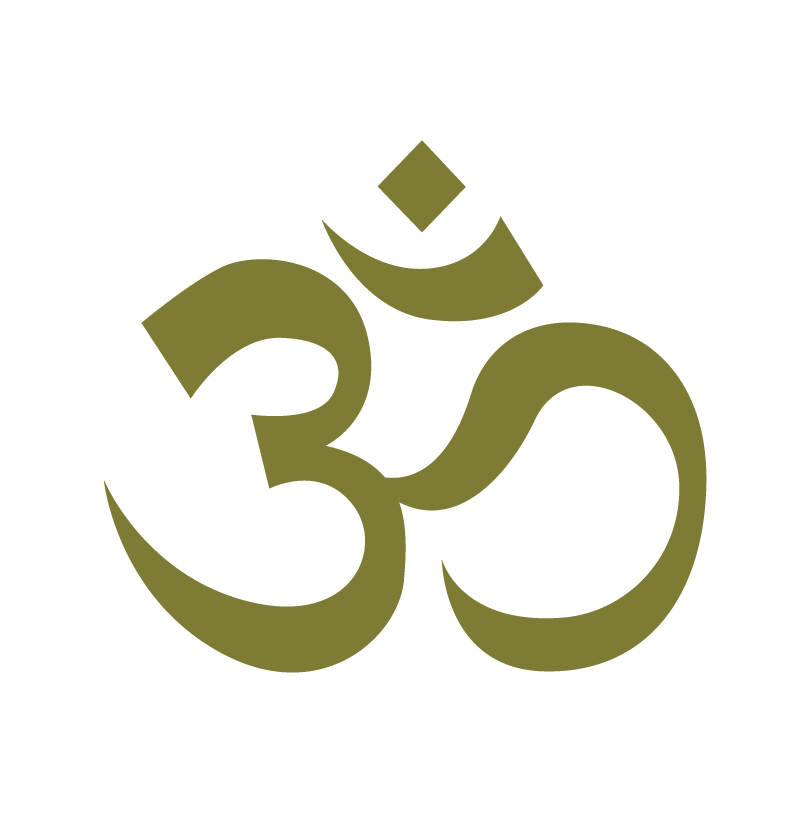
Heading Towards Headstand

 Headstand is one of the most advanced postures. Although many can do it, it is important to do it properly to avoid serious injury and get the maximum benefit. We run workshops in the practice of Headstand, but here are a few postures that almost anyone can do to prepare your body to be able to move towards Headstand safely.
Headstand is one of the most advanced postures. Although many can do it, it is important to do it properly to avoid serious injury and get the maximum benefit. We run workshops in the practice of Headstand, but here are a few postures that almost anyone can do to prepare your body to be able to move towards Headstand safely.
Begin with a 5 Vayu meditation. In a relaxed lying down position, get to know the 5 actions of the breath. On the inhale receiving (Adya) and assessing (Samana), on the exhale directing energy downwards (Apana) upwards (Uddana) and circulating (Vyana – which can also create a centrifugal action that stabilises the core).
Link to the 5 Vayu Meditation:
https://soundcloud.com/gcyc88/5-vayu-meditation
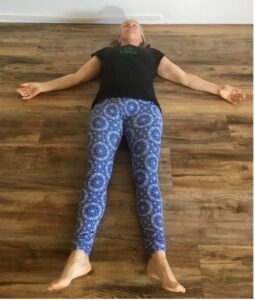
Next is wide legs child. This pose gets you in touch with your belly chest breath easily, and on the exhale you can experience the action of the vayus drawing your hips back towards your heels while keeping your arms aligned and hands active – just like you’ll eventually need to do in Headstand.
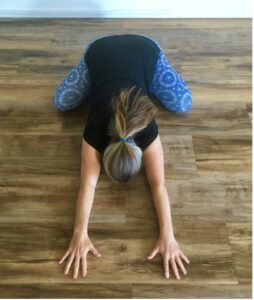
Dog pose adds gravity into the equation as you further explore the essential action of pushing down and forward with the hands, and back and away with the hips – using breath (vayus) and energetic action, not muscle (leave the shoulders broad and at ease). This two-way direction of energy is an essential component to Headstand – you need to be able to move energy against gravity/away from the floor to take the load off the head and neck.
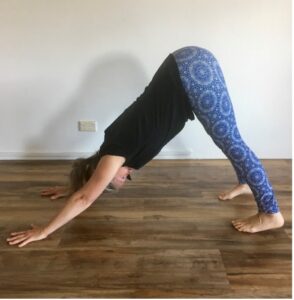
Standing poses can also help us explore moving energy through the channels. This is one of their main benefits and essential for headstand.
Walk forward into Uttanasana. Having long hamstrings can mean the difference of being able to go up into a Headstand smoothly without destabilising the base, or having to jump up awkwardly. There are many practices to lengthen the hamstrings – just remember to use the breath and allow the hamstrings to lengthen in the pose. Forcing them can make them tighter!
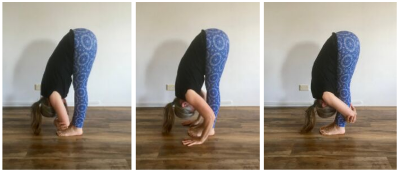
Strengthening the core. A strong core is ESSENTIAL to hold and maintain a steady Headstand, as well as to be able to go up and come down in a steady controlled manner that does not destabilise the foundation and put pressure on the neck. One of my favourite poses for this is to simply lie on your back with legs at 90 degrees. Roll your head neck and shoulders up and off the ground and reach forward past your legs with your hands, keeping your arms parallel to the floor. On an exhale, curl the pubic bone in towards the navel flattening the back, while you roll your shoulders up a little more. This activates the core. Breath here for 10 breaths, repeat 3 sets. As you get stronger, you will be able to start lowering the legs (cm by cm – don’t hurry) while maintaining a flat lower back and engaged core. When you can keep the back flat and core on while having legs extended to almost 180 degrees – you will have created a strong core (TIP: A modified version for true beginners is to have the legs bent, feet on the floor – everything else the same).
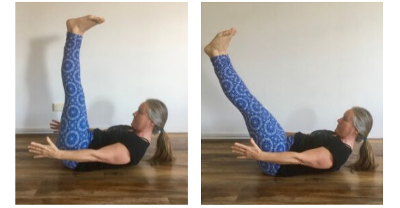
Forearm dog (for Beginners) or Forearm balance. These poses help to open the armpits. It is ESSENTIAL the armpits are able to open to as close to 180 degrees as possible. Closed armpits reduces the space the neck has to lengthen in, and puts enormous pressure on the cervical vertebrae.
You also need to be able to activate into the forearm and keep those armpits open as long as you are in the pose. A good test is if you can hold your forearms open in the walk up the wall version of forearm balance for at least one full minute without letting the armpits close or collapse. (There are other armpit opening practices – ask your teacher if you need more help).

PLEASE REMEMBER – Headstand is an advanced pose that requires strength, openness, ability to direct energy and an active core. Improper practice can lead to serious neck injuries. Please do not move beyond these poses without the guidance of an experienced teacher. Always take time to rest in Savasana after these practices, and eventually kneeling or Savasana after Headstand.
More like this
Kidney Energy and Relieving Neck Tension
Some years ago, when moving house – the professional removalists were amazed that I had energy to...
Balancing Hormones
Often I find myself talking to a lot of people about hormone imbalance in various forms. As one of...

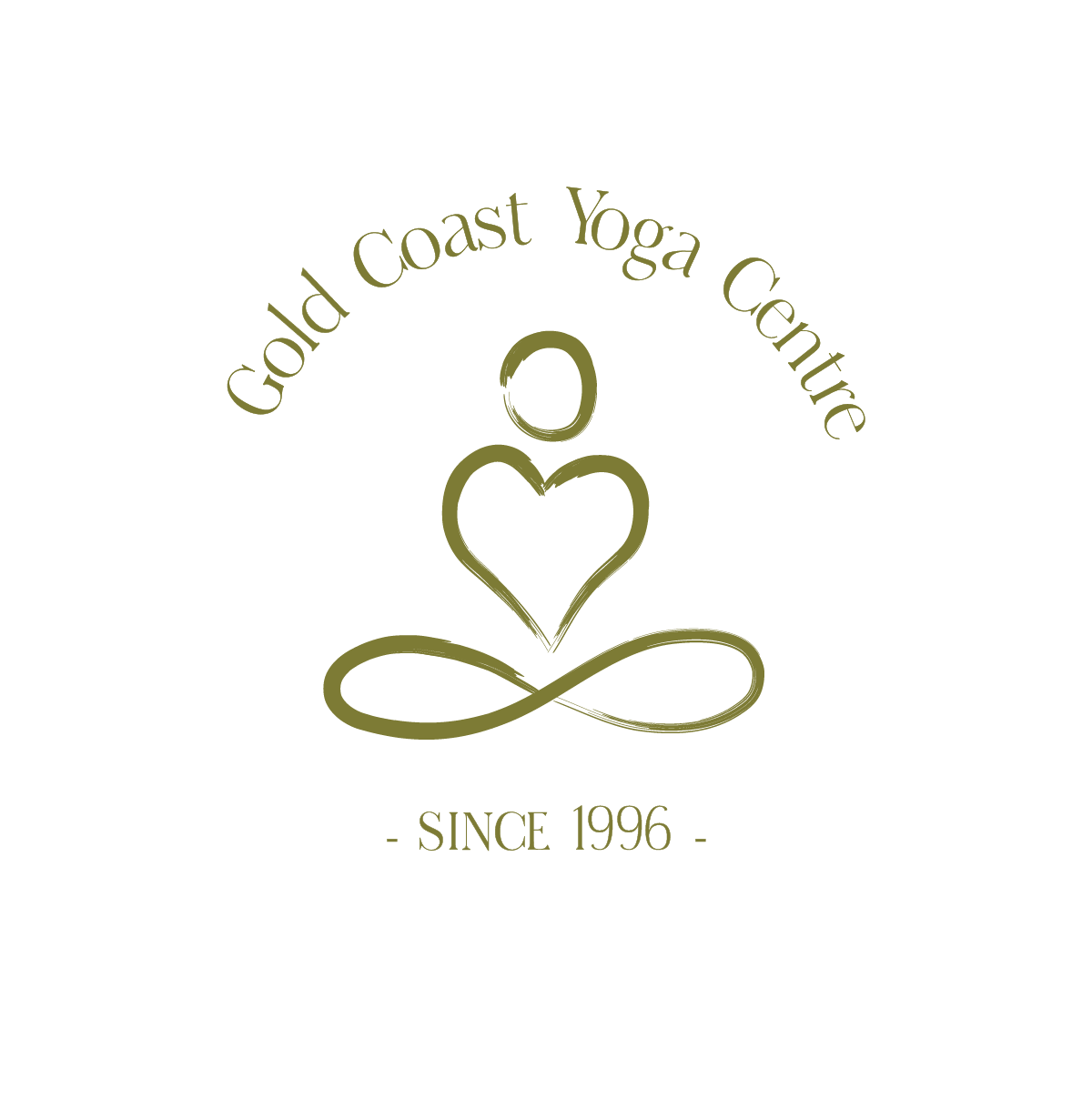
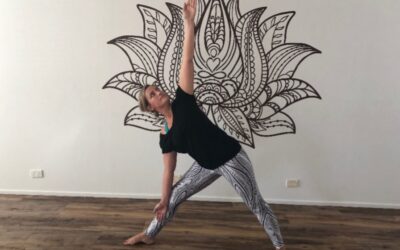

0 Comments